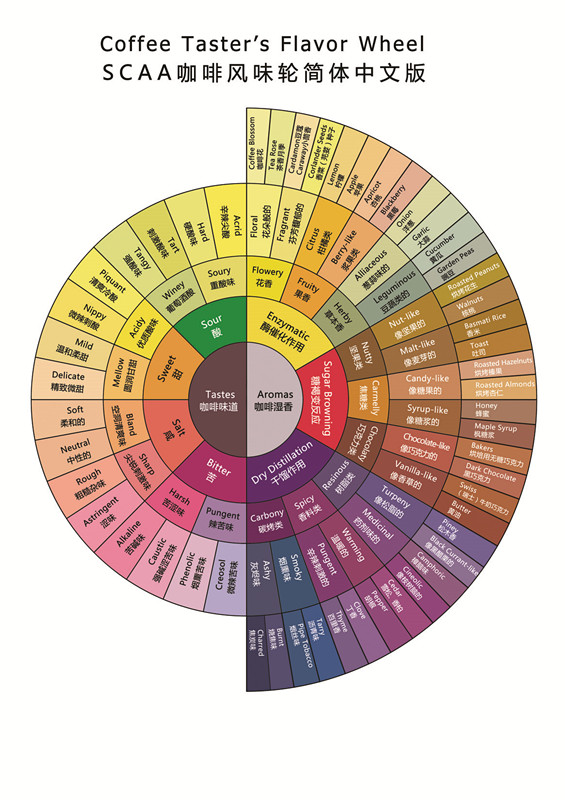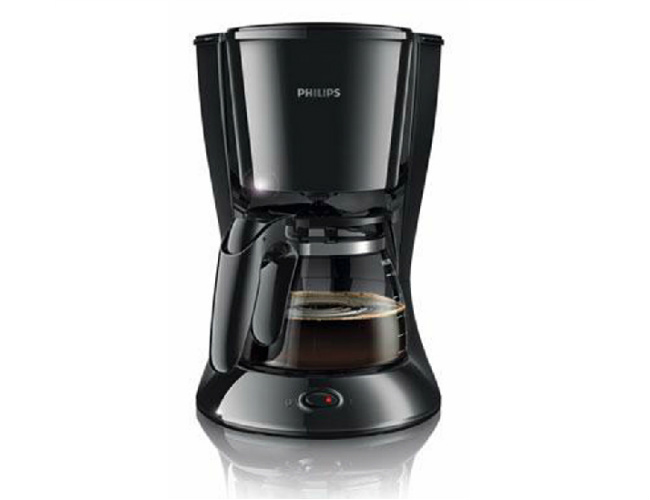Coffee knowledge points: how to correctly use the bean grinder to help coffee extraction? Try different tastes.
In China, more and more people begin to fall in love with coffee and coffee life. Baristas constantly study how to make better coffee. They constantly try the different flavors of coffee beans in different places, the different tastes brought by various brewing utensils, and the personality shown by various brewing techniques, but often ignore the importance of bean grinders to all this. Among the factors that determine the taste of coffee brewing, "beans", "grinding" and "machine" are hardware factors, and "technology" is software factors.



Methods and steps
1 uniformity
Coarser coffee particles are more likely to be underextracted, while finer particles are overextracted in advance, so the coffee powder with a larger span of grinding thickness can taste more turbid and irritating smells. When the coffee powder with the same size and similar shape is used for extraction, the taste becomes brighter and stronger, and the performance of flavor characteristics is clearer and consistent.
2 fine powder content
Coffee powder close to flour can easily be overextracted or even dissolved in water, thus affecting the extraction taste of coffee. The more fine powder, the more easily coffee is over-extracted, and the more bitter the taste is, the more mixed it is. When making espresso, the fine powder will first be washed out by the water and into the cup. If extracted properly, the thick oil will hold up the fine powder, and the fine powder will float on the surface of the oil, forming a beautiful "tiger spot". But "tiger spot" does not represent the taste of espresso. The production of fine powder can be reduced by choosing a better bean grinder or using a sieve. But if there is no fine powder at all, the brewed coffee will also lack a sense of hierarchy.
3 calorific value
The grinding plate of any bean grinder will generate heat in the grinding process, and the heating of coffee powder will accelerate the oxidation process and accelerate the volatilization of aroma, resulting in the weakening of coffee flavor after brewing. The calorific value of the cutter head depends on the size of the grinding plate, the material used, the structure of the knife, the fineness of grinding, the speed of the motor, the hardness and texture of coffee beans and many other factors.
4 static electricity
Generally speaking, the finer the grinding, the faster the grinding machine, the stronger the static electricity; the internal material is plastic, and the lower powder mouth does not use the bean grinder designed to reduce static electricity, so the static electricity is stronger; the coffee beans with rich oil and deep roasting are ground, the static electricity is stronger. When the Italian bean mill is grinding, it often appears that the fine powder agglomerates, which affects the density after the cloth powder, resulting in uneven extraction, while the iron absorber at the outlet of the single bean mill absorbs silver skin and fine powder through static electricity to help reduce the taste and miscellaneous smell of excessive extraction.
Source: network
Important Notice :
前街咖啡 FrontStreet Coffee has moved to new addredd:
FrontStreet Coffee Address: 315,Donghua East Road,GuangZhou
Tel:020 38364473
- Prev

Coffee knowledge points: coffee roasting talking about roasting process, roasting degree and roasting curve
When we pour the coffee beans at room temperature into the drum of the roaster after preheating, the temperature in the drum will be pulled down quickly and sharply, and the heat accumulated inside will be absorbed by the coffee beans and cause water evaporation. One minute to a few minutes later (the reheating time is related to preheating temperature, heating source, drum design, raw bean quantity, etc.), as the bean table loses moisture, coffee
- Next

Coffee knowledge points: explain in detail the American coffee machine how to make coffee and make a cup of coffee
American coffee maker fuselage: is the American coffee pot fuselage filter: you can put coffee powder in the place, generally there are funnel-shaped filters and bottom filter. Separate filters are used for different purposes. Some American coffee pots come with a filter-free filter, while others have to use a filter. Filter cover: some American coffee pots have a filter cover to make drips
Related
- What is the meaning of lactic acid fermentation with coffee bean treatment?
- How to judge the state of foam by sound?
- How does the latte pull out the unicorn pattern? Come to get for a little trick to improve the flower pull!
- Will flower pulling affect the taste of the latte?
- Do you know the history of coffee?
- The difference between honey treatment and sun washing what is raisin honey treatment?
- What kind of milk can a novice use to make coffee foam to keep the foam longer? The correct method and skills of milking tutorial sharing
- Why do washed coffee beans taste sour? Flavor characteristics of washed Coffee
- Introduction to the skill of how to practice the size and height of water injection around the circle of hand-brewed coffee
- How do beginners practice coffee flower drawing from scratch?

